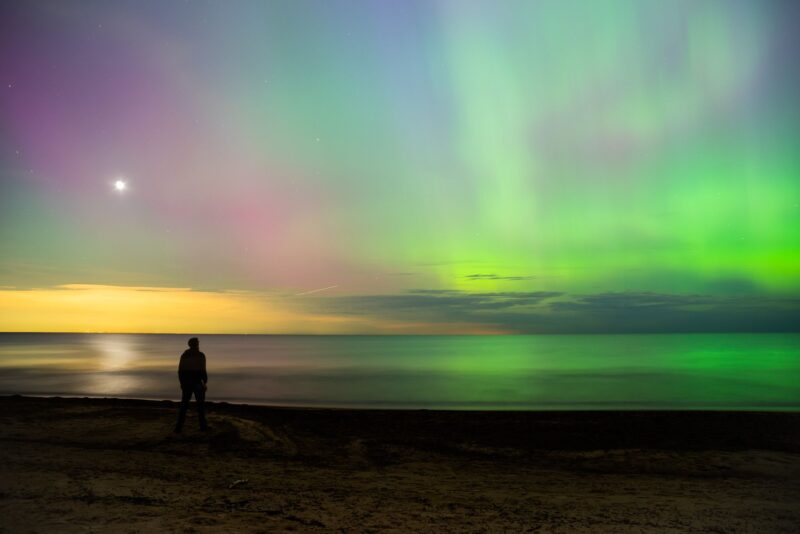
Best stargazing of 2025: Top events not to miss
It’s the best of 2025! Mark your calendars for these stargazing events in the upcoming year. From the moon hiding planets, to Earth’s shadow hiding the moon in a total lunar eclipse – from planetary pairings, to inspiring nightscapes – there’s much to see in 2025. Plus, to keep up with unexpected events, visit EarthSky.org’s Tonight pages regularly for the latest on solar storms, new comets and more!
January 13: The full moon hides bright Mars
On the evening of January 13, the full moon will slowly slide in front of Mars – in what we call an occultation – visible from the Americas and Africa. Those outside of these locations will see the moon and the red planet quite close together. And Mars is just two days from opposition, when it’s opposite the sun in our sky and close to Earth. So it will be at its brightest, helping you to see it close to the full moon. The timing of this event depends on your location. For example, from Chicago you’ll want to start watching around 8:00 p.m. CST to see the lunar orb inching closer to Mars. In San Diego, you can start watching around 5:30 p.m. PST, not long after the moon has risen from your location. The moon will take 20 to 70 minutes to pass in front of Mars, depending on your location.
Try Stellarium for a precise view from where you live.
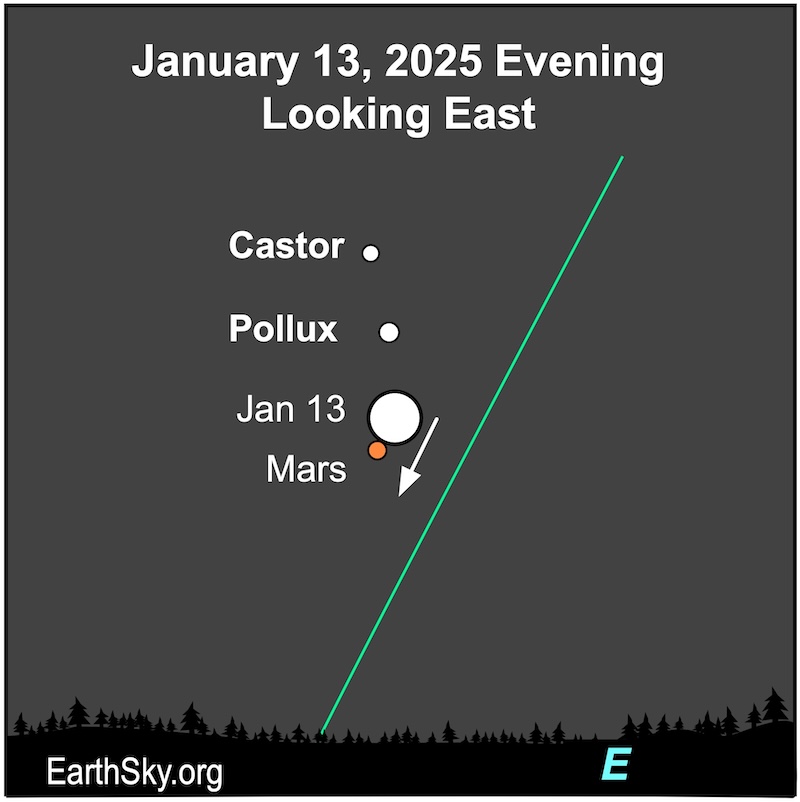
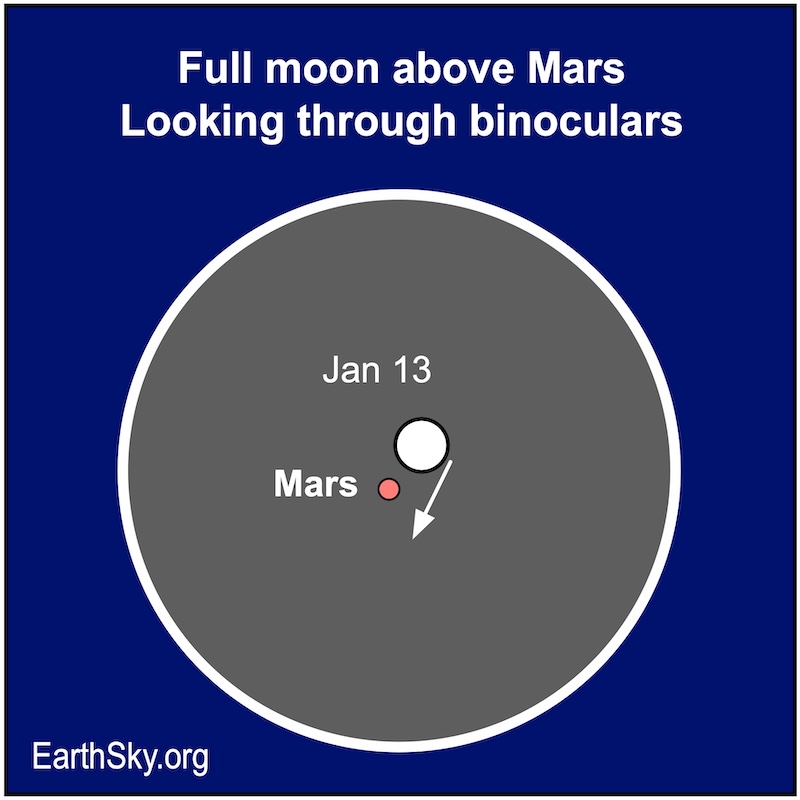
January 17-18: Venus and Saturn meet up
Brilliant Venus will lie in the west-southwest 90 minutes after sunset throughout January. On the evenings of January 17 and 18, it will pass Saturn. They may look close to each other in the sky, but in three-dimensional space they are 900 million miles apart!
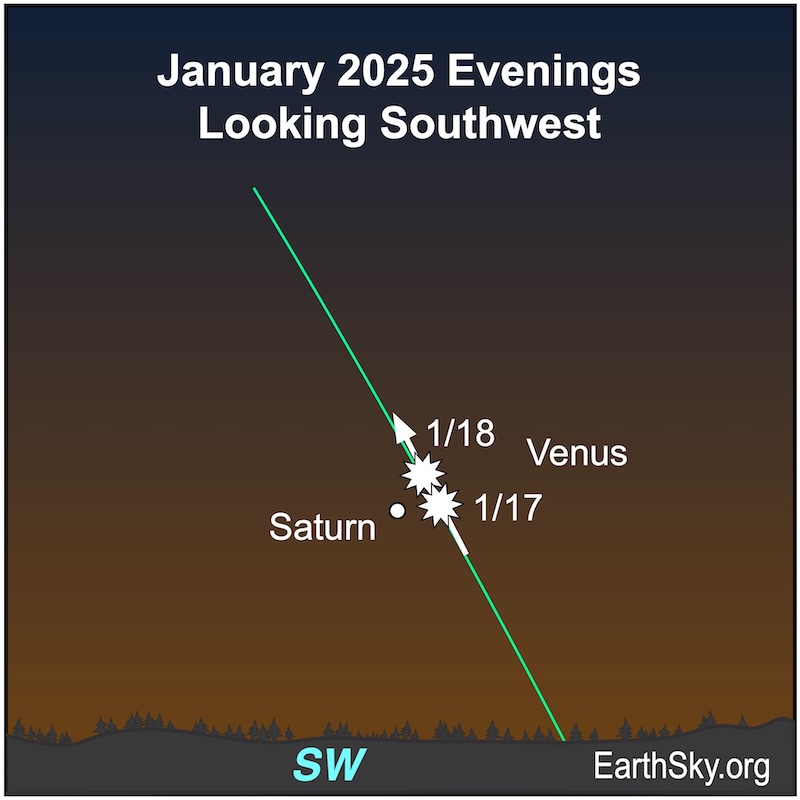
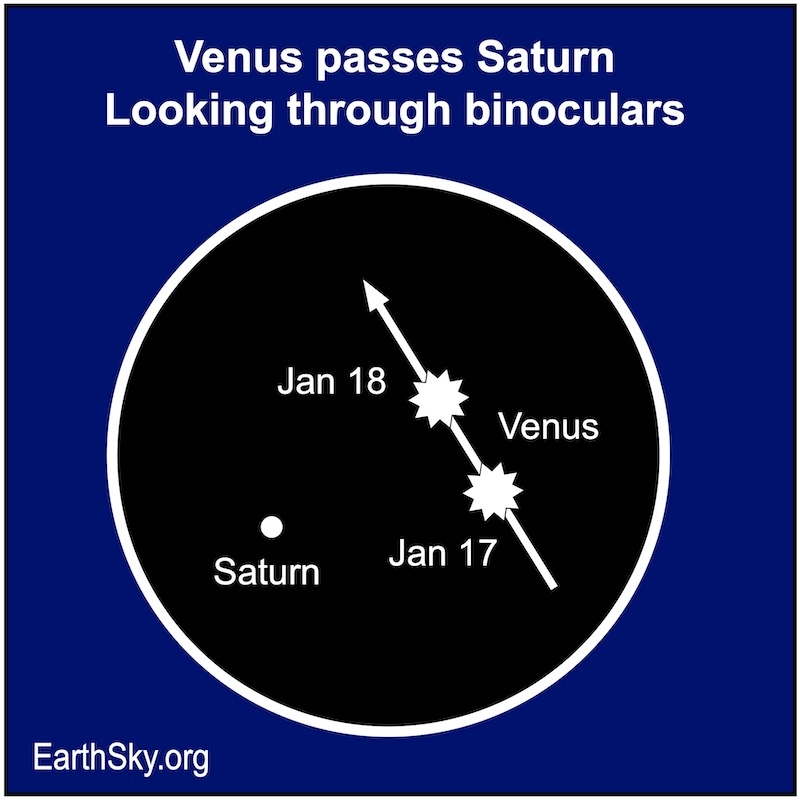
February 6: The 1st quarter moon hides the Pleiades
The dark side of the 1st quarter moon moves in front of the pretty Pleiades star cluster in the hours after midnight on February 6, 2025. During the event, the clusters’ stars will disappear one by one. The disappearance of the Pleiades – an event called an occultation – will be in the western sky for viewers in the Midwest and the western states. On the East Coast, observers will see the moon closely approach the Pleiades before they both set.
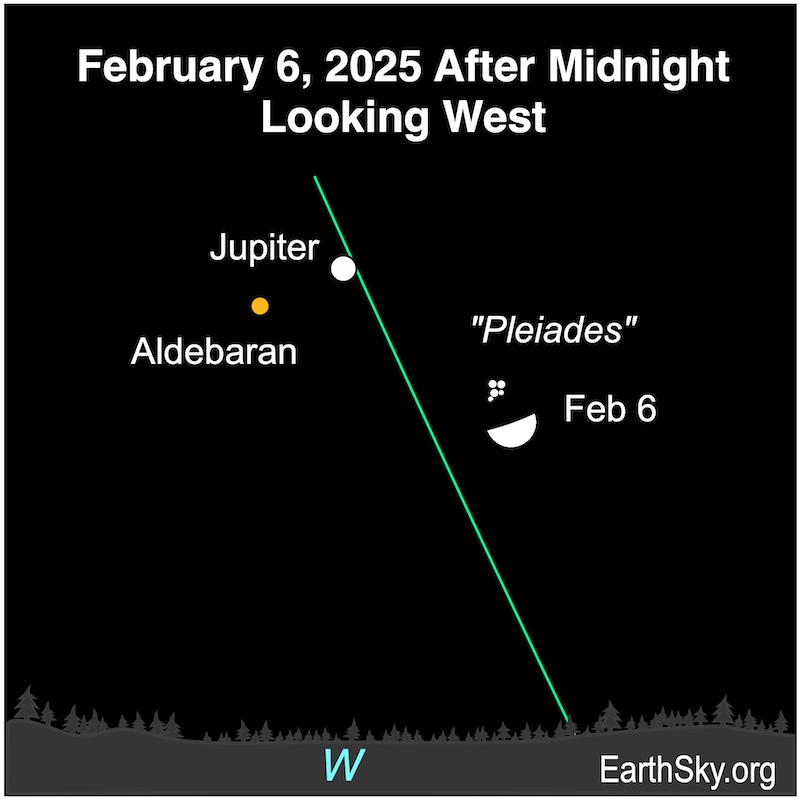
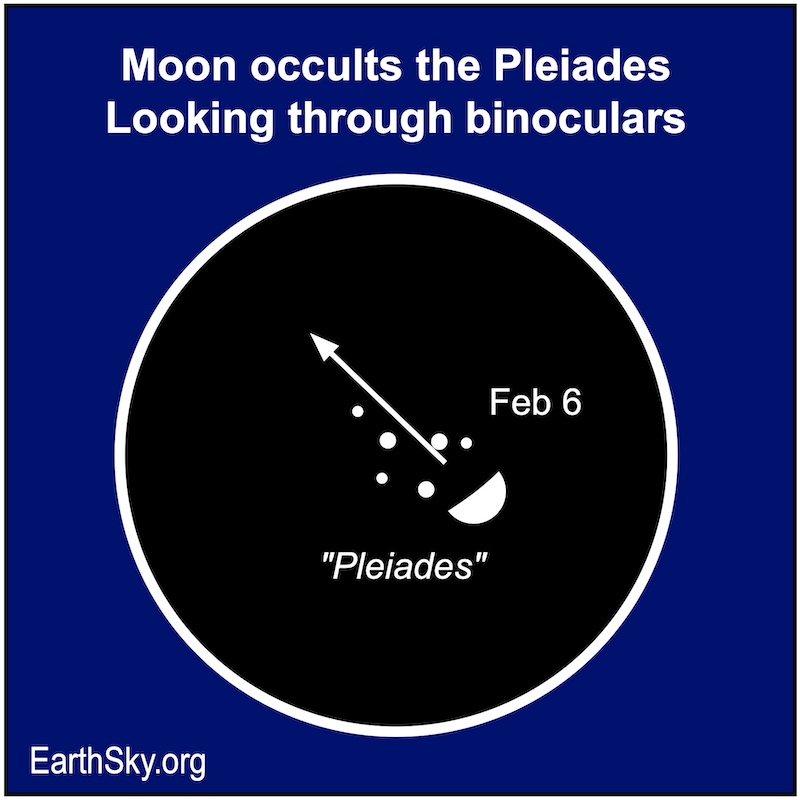
February 28: The thin crescent moon meets Mercury
On the final evening of February, the waxing crescent moon, bright with earthshine, floats below little Mercury in the west 30 minutes after sunset. Brilliant Venus stands above them guarding the scene. Binoculars will really help bring out both the moon’s thin crescent and Mercury.
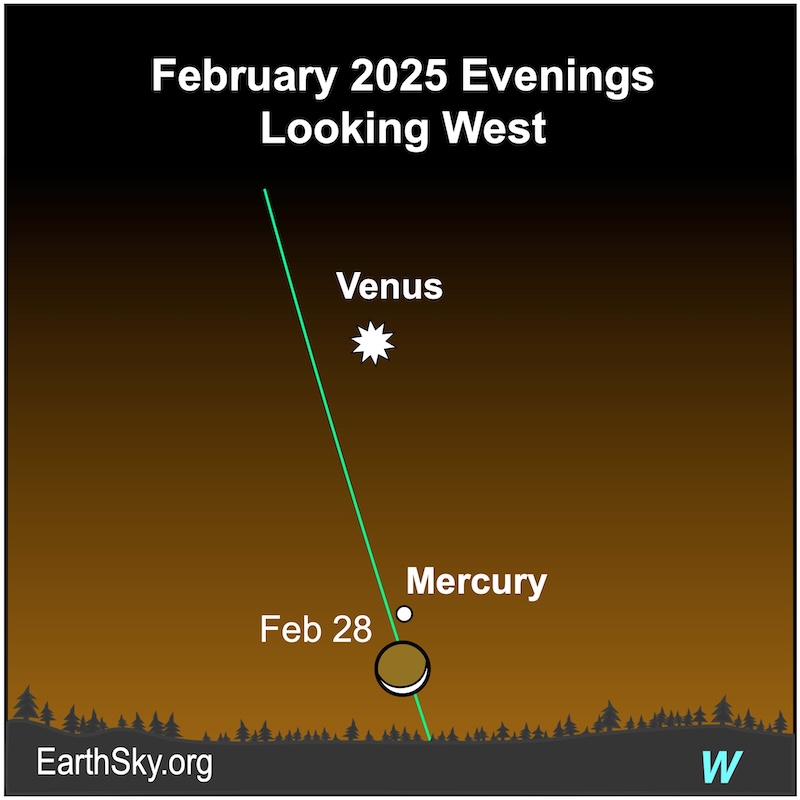
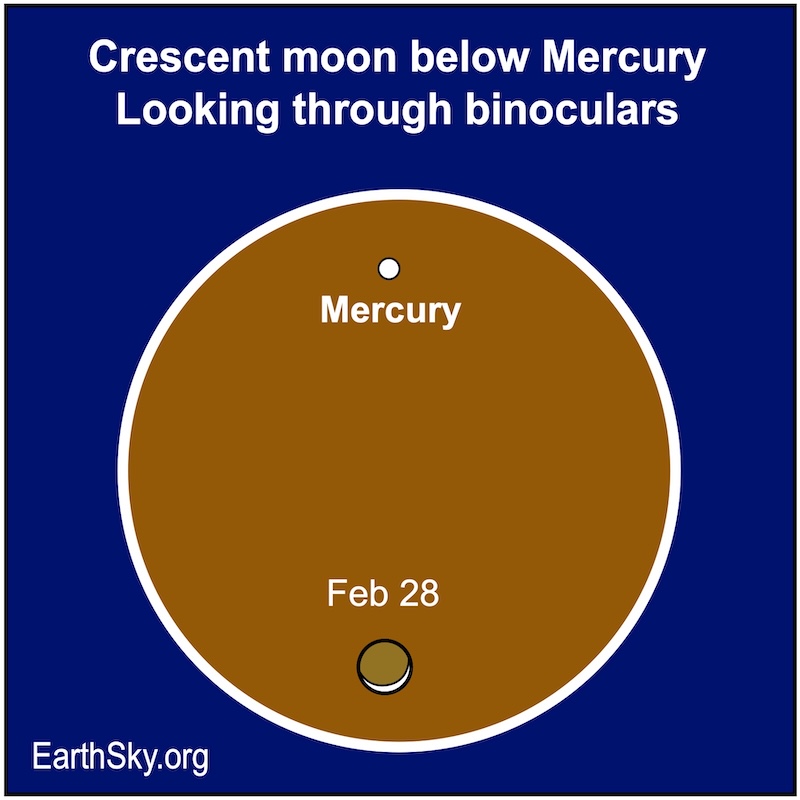
March 13-14: Total lunar eclipse
Total lunar eclipses are always fascinating to watch, and the one overnight on March 13 over the Western Hemisphere will be no exception. The moon will start to enter Earth’s umbral shadow at 12:09 a.m. CDT on March 14 (10:09 p.m. PDT on March 13), reaching mid-eclipse at 1:58 a.m. CDT on March 14. The lunar orb will completely depart the shadow by 3:48 a.m. CDT. During totality, the darkened moon will turn a shade of deep red, often earning it the nickname Blood Moon.
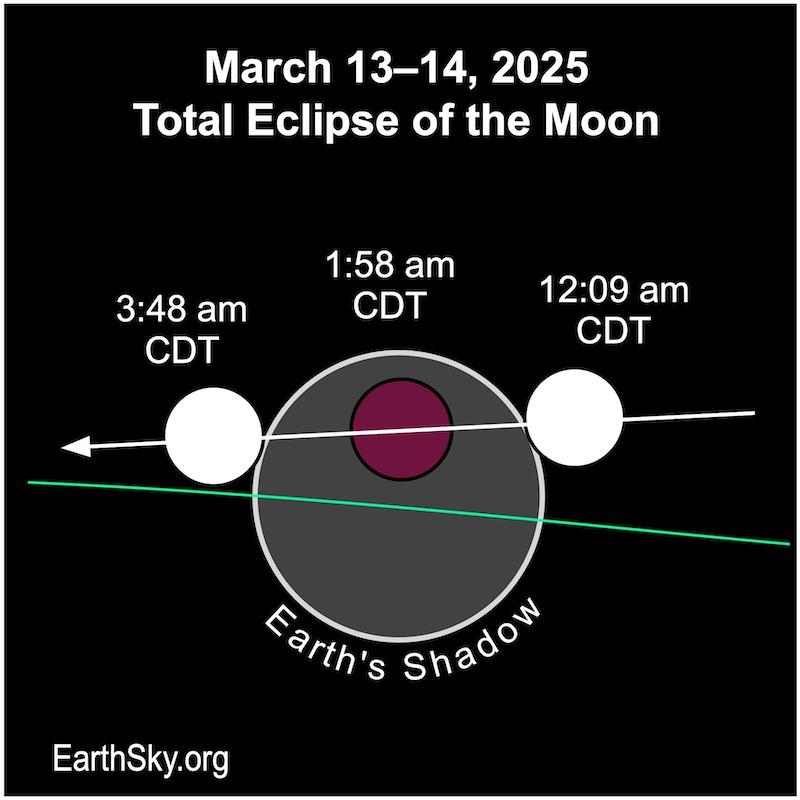
March 29: Partial solar eclipse
Time to get out your eclipse glasses! Viewers in the northeastern United States and southeastern Canada will see a partial solar eclipse as the sun is rising on March 29. The deepest part of the eclipse will happen before sunrise. But you’ll still see part of the sun covered for a while after sunrise. Start viewing as soon as the sun begins to appear above the horizon, when the moon will still cover an appreciable portion of the solar disk. Don’t forget to look for shadows on the ground mimicking the crescent shape of the eclipse in the sky.
View the sun only through approved safe solar filters!
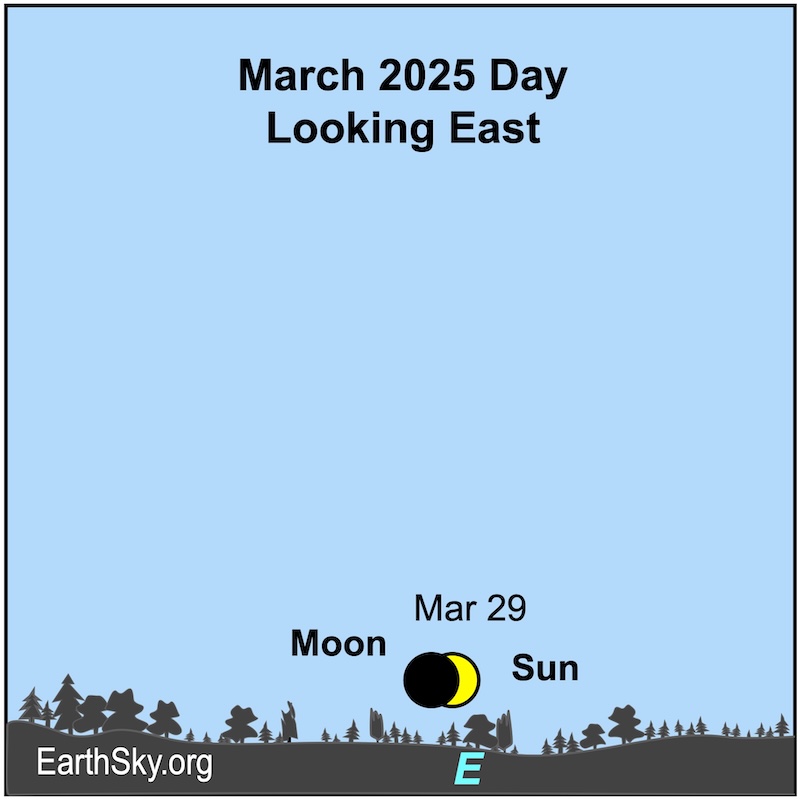
April 1 and 2: The moon, Jupiter and stars of Taurus
The waxing crescent moon and bright Jupiter lie in the west-northwest on the evenings of April 1 and 2, in the constellation Taurus the Bull. Look an hour after sunset. The moon will float near the tiny dipper-shaped Pleiades star cluster on April 1. Also nearby is the larger V-shaped Hyades cluster with its red foreground star Aldebaran.
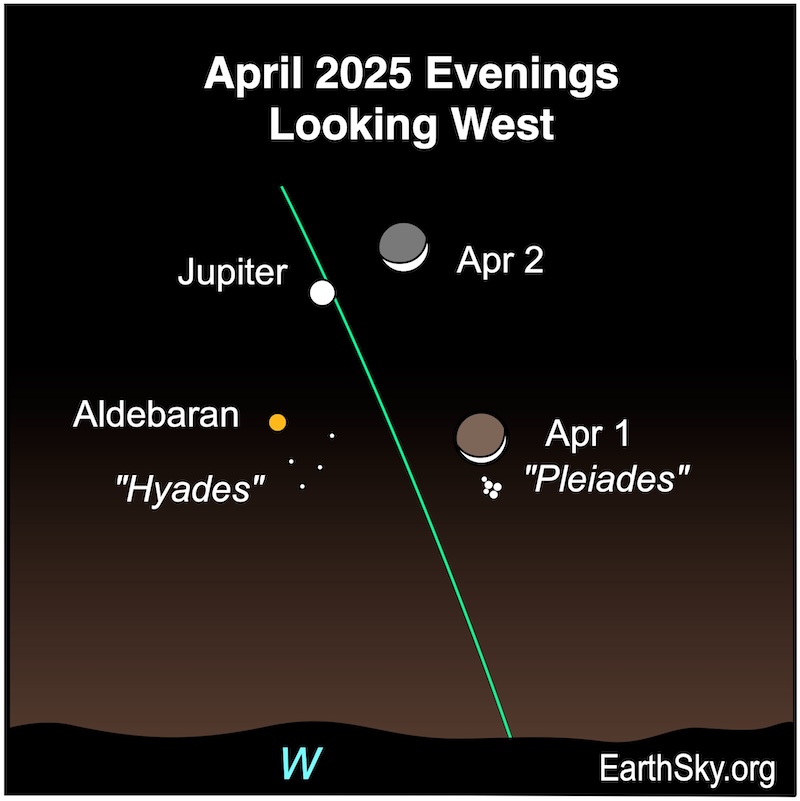
May 3: The moon and Mars meet at the Beehive
Look high in the west 60 minutes after sunset to see the waning crescent moon hanging next to Mars. Just below the red planet will glow the dim Beehive star cluster in Cancer the Crab. Binoculars will help you spot the dim cluster. In this one scene lies the 240,000-mile-distant moon sitting by the 135 million-mile-distant Mars, with both appearing near the 577 light-year-distant Beehive.
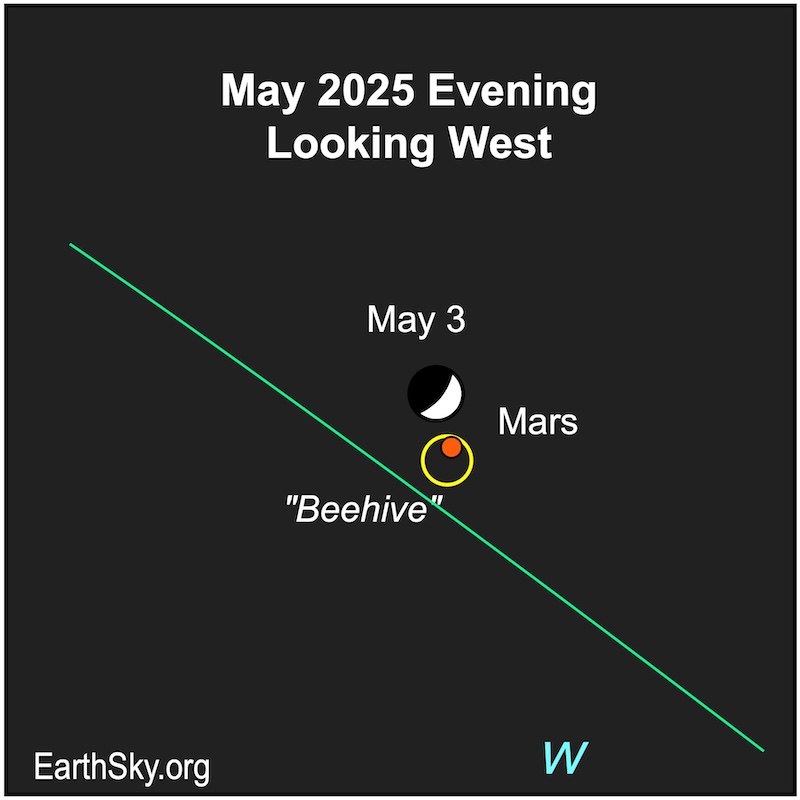
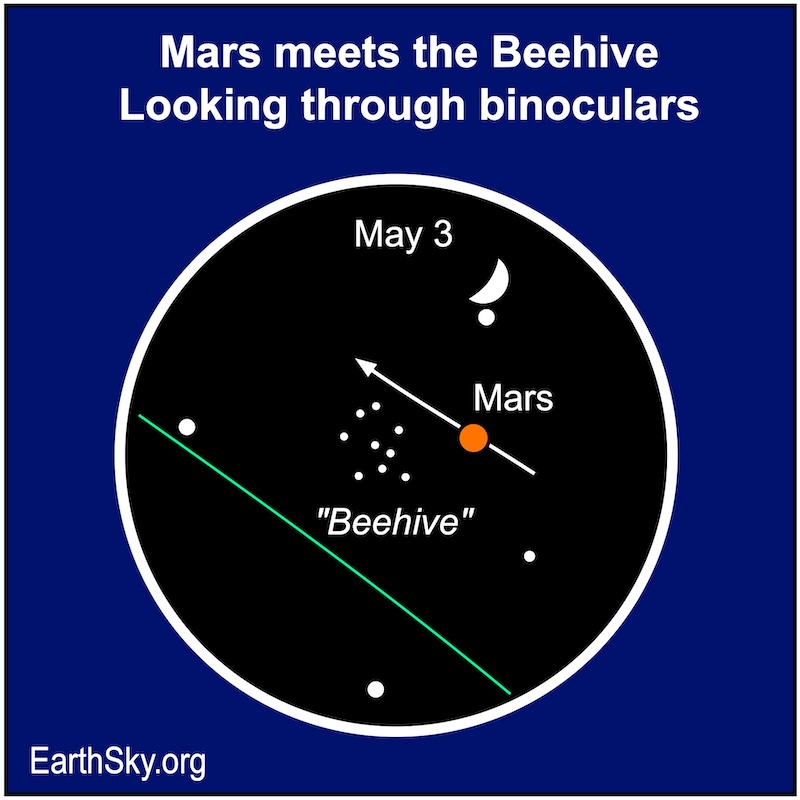
June 16: Mars and Regulus pair up
On the evening of June 16, 90 minutes after sunset, look for red Mars shining next to the similarly bright Regulus, the brightest star in Leo the Lion. Planets, like Mars, don’t normally twinkle, while stars, like Regulus, often do.
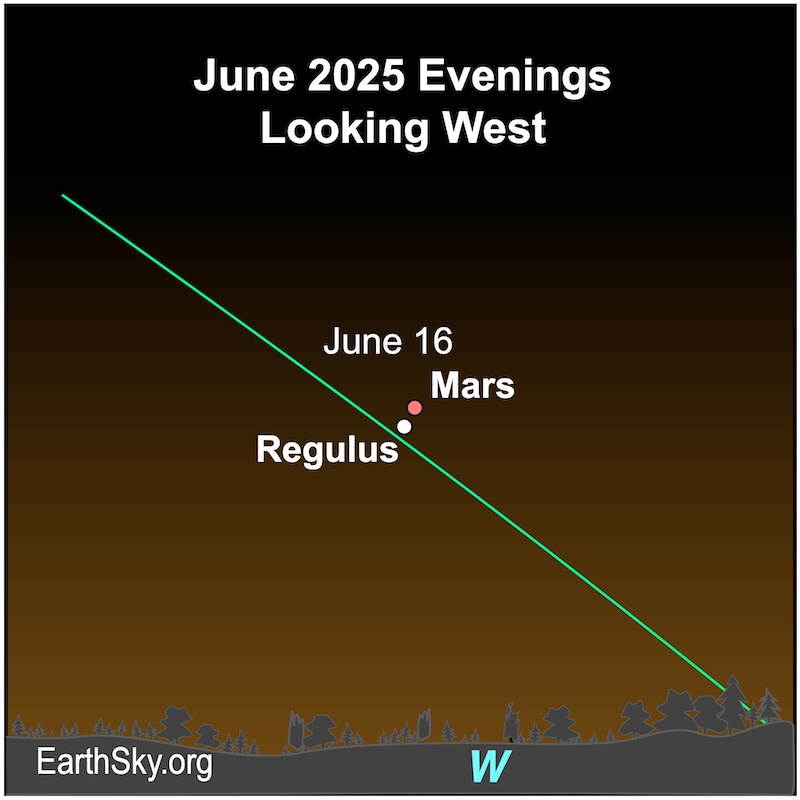
July 20 and 21: The crescent moon and the Pleiades
Before dawn on July 20, the moon – in Taurus the Bull – will move in front of the Pleiades star cluster, blocking its stars one by one. As the moon completes its passage, the stars pop out from its dark side. West Coast observers will see this event in progress as the waning crescent moon rises in the east-northeast.
On the next morning, a thinner waning crescent moon will have moved above brilliant Venus, forming an attractive triangle with it and Aldebaran, the brightest star in Taurus.
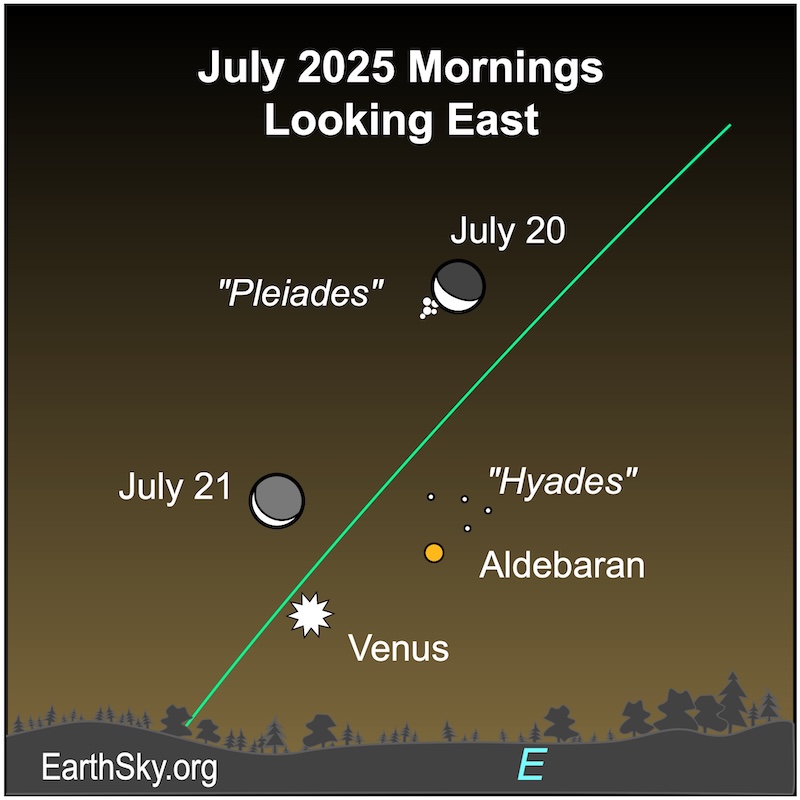
August 11 and 12: Conjunction of Venus and Jupiter
During the first part of August, brilliant Venus will drop toward bright Jupiter in the eastern morning sky. Venus will pass Jupiter, seemingly switching places with it, on August 11 and 12, 2025. They are nowhere near each other in space. Venus lies 114 million miles from our world, and Jupiter is another 440 million miles beyond that. For the rest of the month, Venus will continue its slow slide to the horizon. And while you’re out admiring them, don’t forget it’s the peak of the Perseid meteor shower!
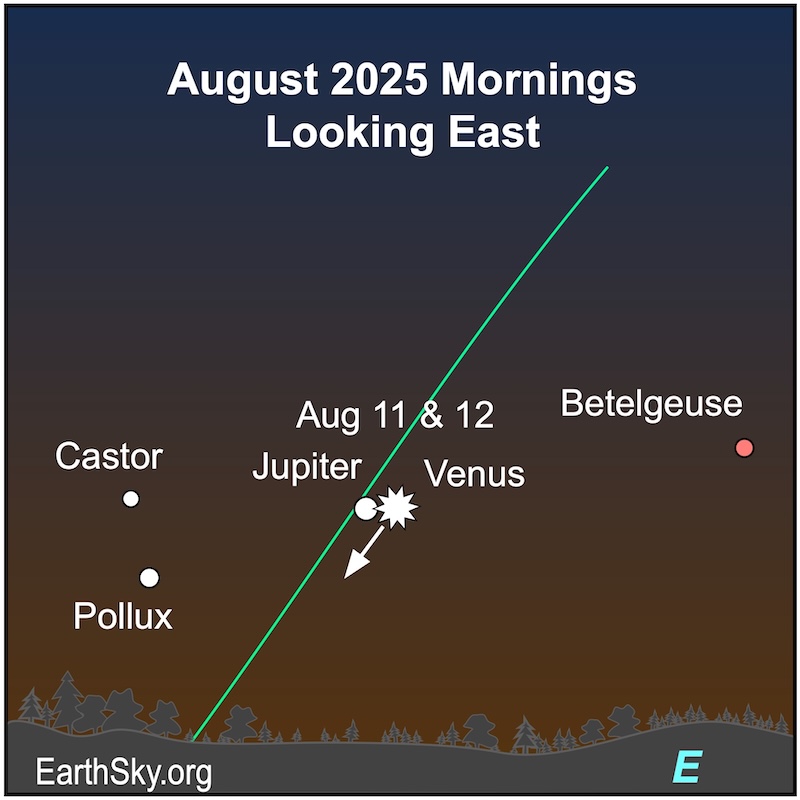
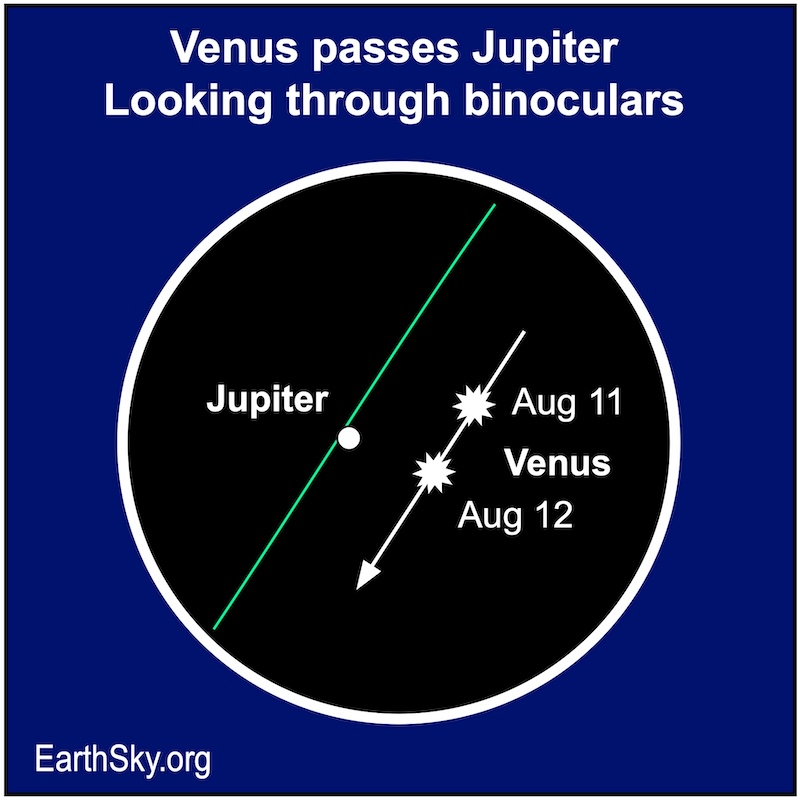
August 20 and 21: A dramatic gathering before sunrise
On the mornings of August 20 and 21, the waning crescent moon, full with earthshine, along with brilliant Venus, bright Jupiter and little Mercury will gather in the east among the stars Castor, Pollux and Procyon. Begin looking 60 minutes before sunrise to witness this intriguing celestial scene.
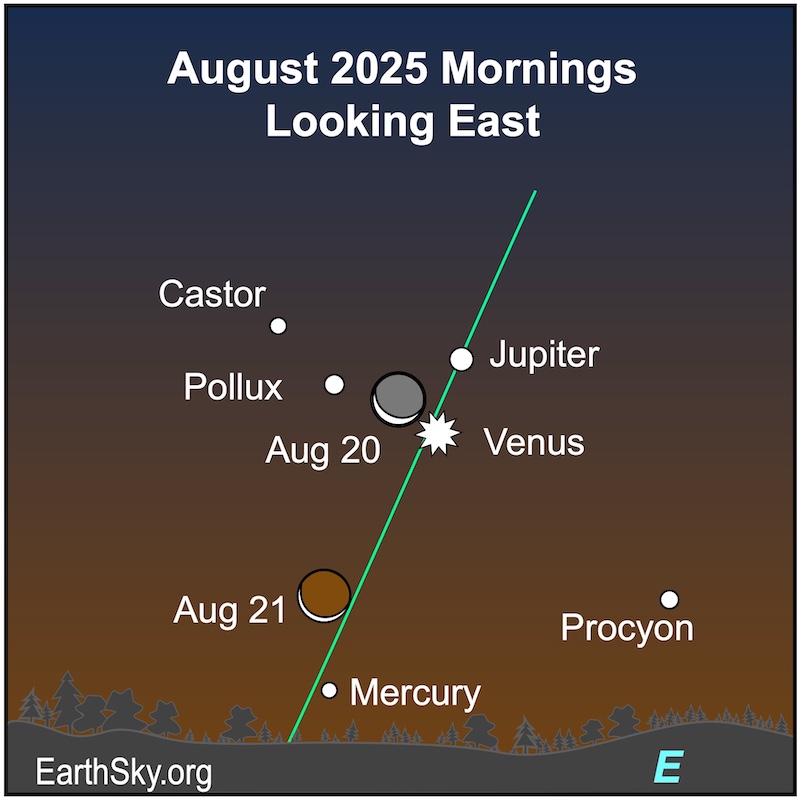
September 7-8: Total lunar eclipse
For those in the Eastern Hemisphere who won’t get to see the total lunar eclipse on March 13-14, it’s your turn! Overnight on September 7, the full moon will slide into Earth’s shadow, becoming totally eclipsed. This event is visible over much of Asia, Africa and western Australia. During totality, you should be able to spot Saturn easily to the moon’s east.
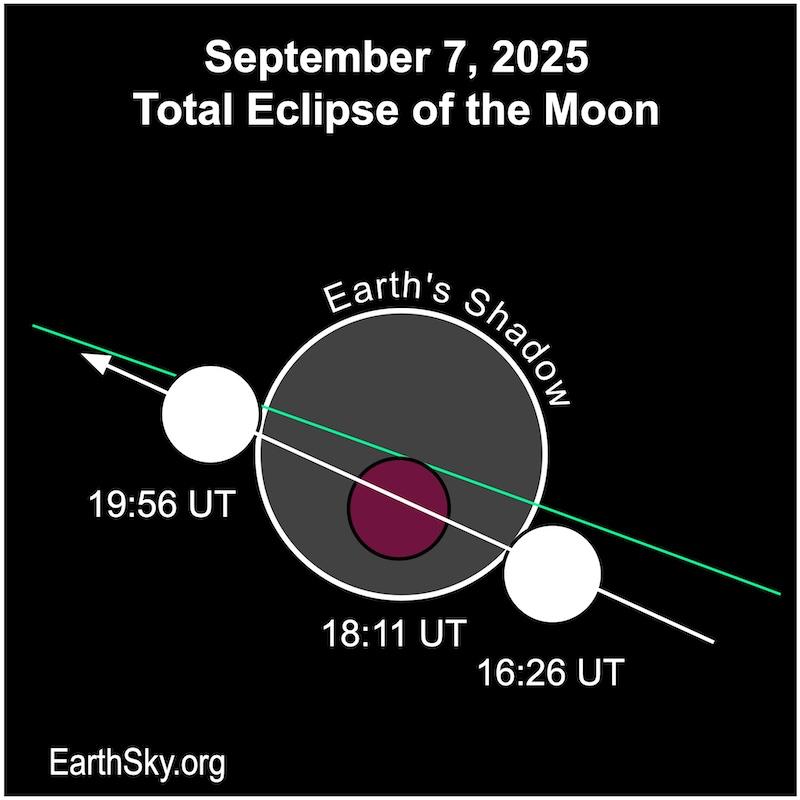
September 19: The moon, Venus and Regulus
There’s a celestial pileup in the eastern sky before dawn on September 19. Look about 90 minutes before sunrise to see the thin waning crescent moon and brilliant Venus snug together. Just beside them will shine Regulus, the brightest star in Leo the Lion.
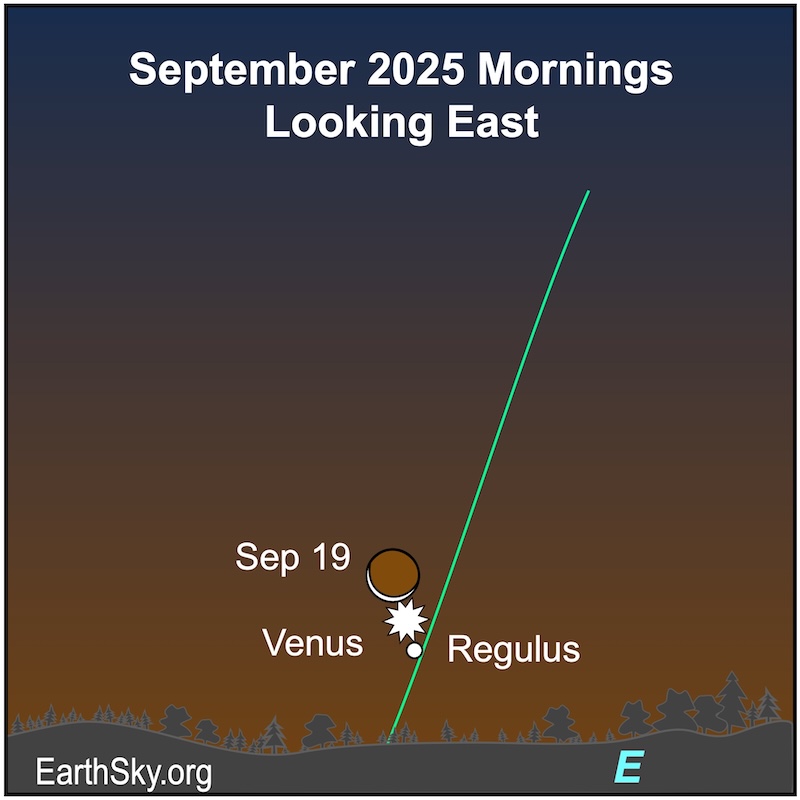
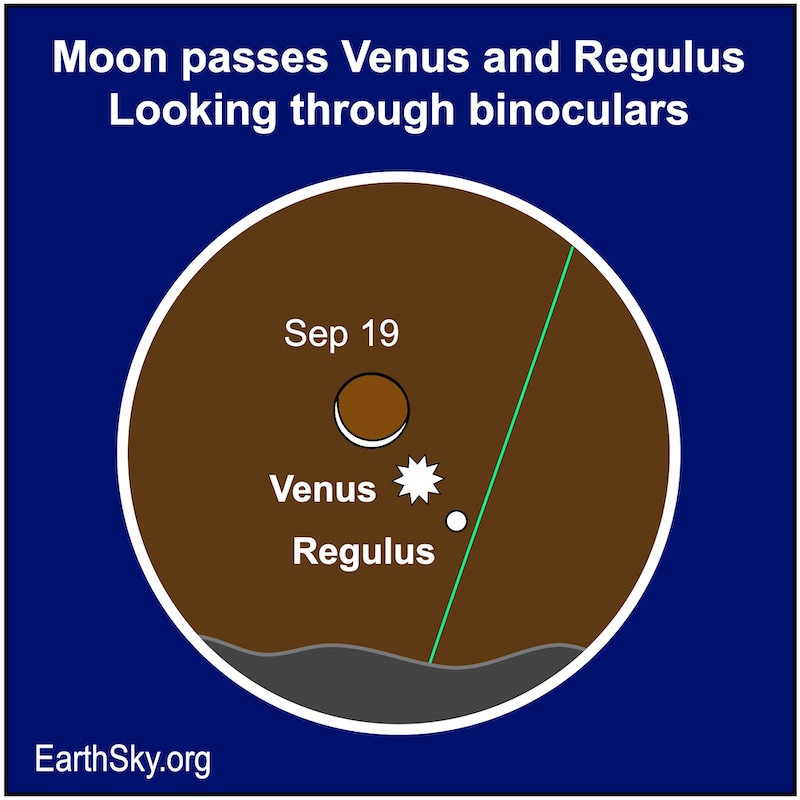
October 9: The crescent moon hides the Pleiades
The waning gibbous moon will occult – or hide – the individual stars of the Pleiades on the evening of October 9, 2025. It will take a few hours for the moon to pass from one side of the cluster in Taurus to the other.
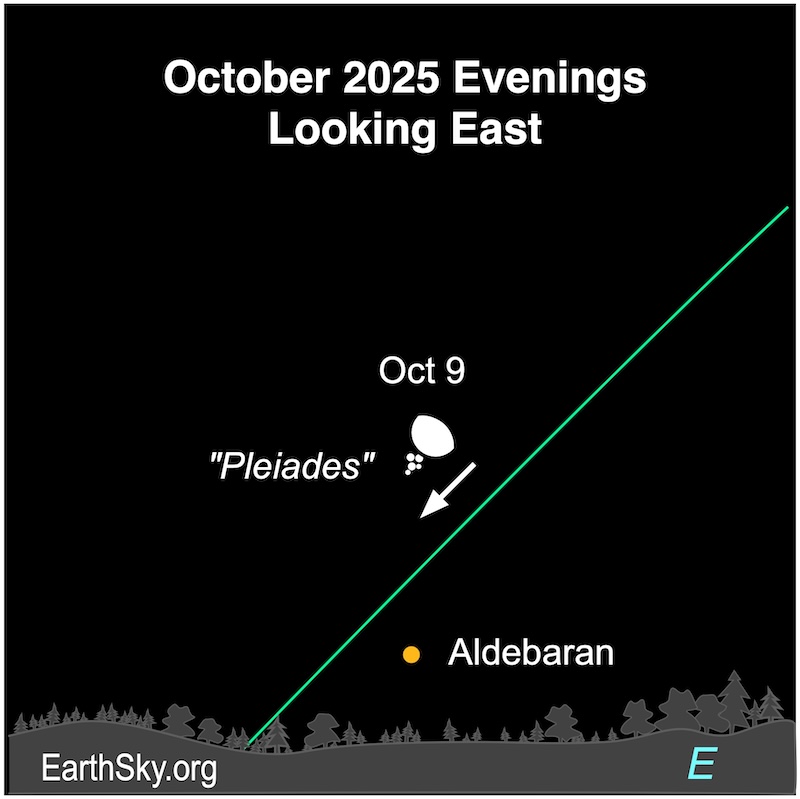
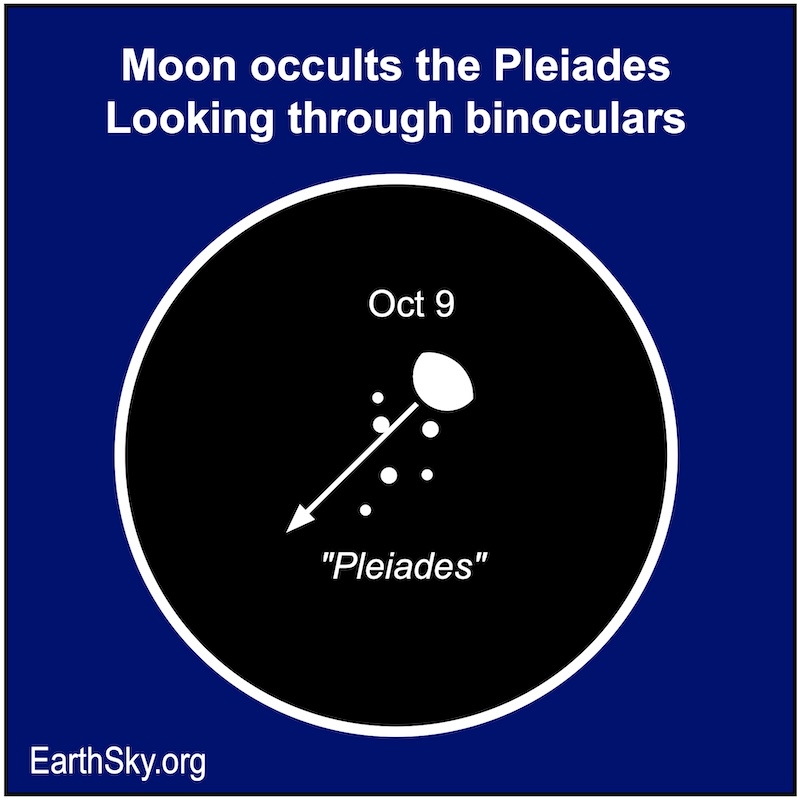
November 23: See Saturn without its rings!
January and February 2025 will be your last time to see the northern side of Saturn’s rings until the year 2039. In March, we will cross the plane of Saturn’s rings, but at that time Saturn will be too close to the sun for us to see its rings disappear. After that, there’ll be slim peeks at the southern side of the rings. However, the rings will temporarily bobble back to nearly edge-on in November. On November 23, 2025, the rings will be at their narrowest from our point of view. You’ll need a telescope to see them, or visit an observatory on an open stargazing night. Can you see a thin line on Saturn, or nothing of the rings at all? Saturn’s ring system will remain nearly closed for the rest of the year.
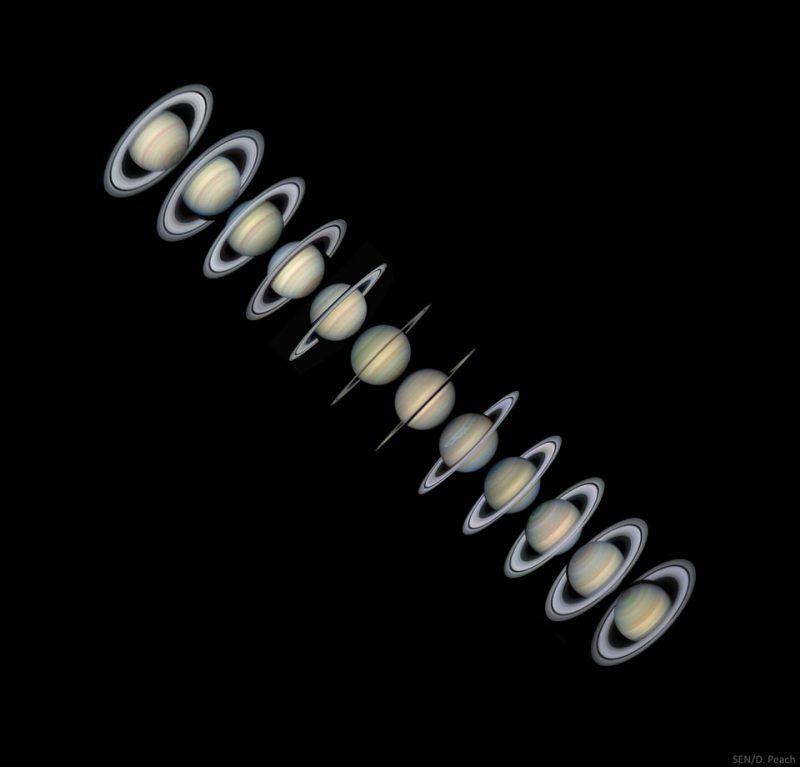
December 13-14: Geminid meteors in a dark sky
The peak of the Geminid meteor shower will occur overnight on December 13, 2025. You’ll be able to see perhaps more than 60 meteors an hour. Begin viewing after 8 p.m. your local time and continue watching all night. Any light from the thin waning crescent moon, which rises after 3 a.m., won’t interfere with meteor sightings this year.
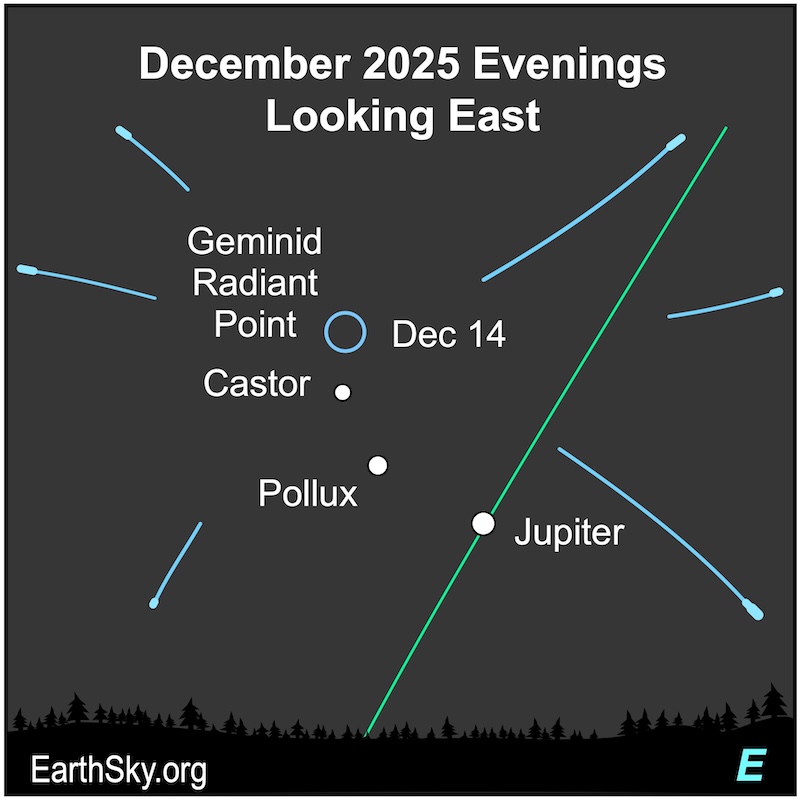
Bottom line: There you have it … the best stargazing of 2025! Mark your calendar for these observing events. And may we have clear, dark skies for all to enjoy.
Read our previous article: 15 must-see naked-eye skywatching events in 2025